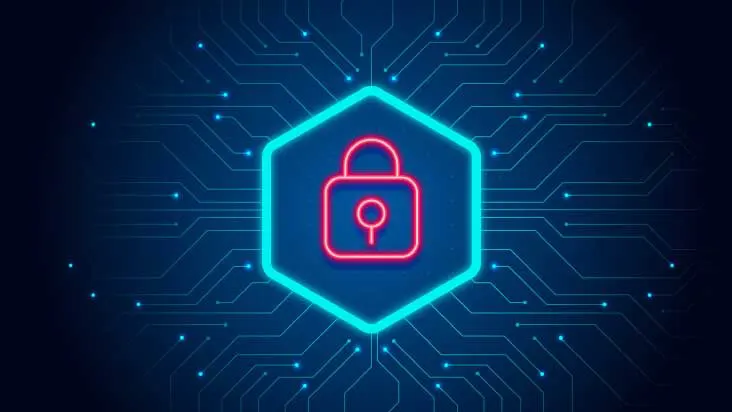Spyware is a popular method of cyberattack. This malicious software can be hard to be identified, and it can pose a considerable threat to the networks. This kind of malware attack finds its way stealthily into the computer of the user, gathers all the sensitive data, and sends it to third parties without the users having the slightest hint.

Pegasus is a malicious software that falls under the category of spyware. This spyware is designed in a way that it can gain unauthorised access to devices without the users’ knowledge. This malware is a burning example that shows how exposed we are to being pried upon in the digital world. You can learn more about this spyware if you opt for an IIT security course.
Our cell phones contain personal information such as text messages, emails, and photographs. Pegasus spyware bypasses the encryption that safeguards the personal information that we share over the internet and gains access to what is going on in our lives. This article discusses in detail the Pegasus spyware and also throws light on why it is such an alarming threat in the cyber world.
About Pegasus
The Pegasus spyware is developed by NSO group, which is an Israeli cyber-intelligence company. The spyware was developed with the intent of gaining access to users’ cellphones.
This spyware is extremely easy to install- one can infect a cell phone with Pegasus simply through a malicious link sent via email, a text message, or even through a missed call on WhatsApp.The spyware intrudes into your personal life by tracking your calls and location, reading your text messages, collecting your passwords, and activating your device’s camera and microphone without your knowledge. Therefore, this spyware makes an excellent tool for spying secretly.
According to NSO Group, the product was designed to be sold to agencies that are entrusted with the responsibility of law enforcement and security, so that they could track criminals like traffickers, terrorists, and money launderers. However, there has been a lot of controversy surrounding this spyware, as it has been allegedly used to track eminent personalities like government leaders, politicians, journalists, human rights activists, etc.
The next section talks about how Pegasus is installed on smartphones.
How is Pegasus Installed on Smartphones
Initially, Pegasus spyware was installed through spear-phishing, which requires the users to open a document or click a link that contacts the malware, or through vulnerabilities in some applications. However, as cybersecurity has become stronger and users are becoming more aware and conscious about not clicking random links, the method of installing Pegasus on smartphones has changed too.
Since 2019, Pegasus can be installed as easily as through a missed call on WhatsApp. What is even more interesting is that the record of the missed call can be deleted so that targets cannot smell the stench of any kind of suspicious or unauthorised intrusion. Therefore, it is quite evident that the latest Pegasus spyware version allows the installation of the malware through a zero-click exploit, in which the smartphone owner does not have to do anything.
Where Does the Threat Lie
NSO Group was supposed to sell the product only to authorised entities to trace instances of illegal activities. The product is marketed as a spying tool that helps in tracking terrorists and criminals, and not for usual mass surveillance. The case of the drug baron named El Chapo and the murder of Jamal Khashoggi, a Saudi Journalist, are two instances where Pegasus was used for tracking criminals.
However, some of the recent reports paint quite a different picture. It has been found that Pegasus has been trying to establish connections with approximately 50,000 phone numbers. On being analysed, it was found that nearly 1,000 phone numbers belonged to individuals who do not fall in the group who are liable to be investigated through spyware. Some of these phone numbers were those of politicians, journalists, executives, activists, and so on.
Another threatening thing about Pegasus is that once installed on a cell phone, one can barely identify its existence. Therefore, the threat seems to be looming large as Pegasus can easily find its way into anyone’s device while the smartphone owner remains unaware of the fact that he is being spied on.
How to Protect a Device from Pegasus Attack
Listed below are some of how you can safeguard your smartphone against a Pegasus spyware attack:
- The easiest way to safeguard your smartphone against any malware attack is by avoiding clicking on any link that is sent via sms or email.
- It is always advisable to download and install apps from sources that are legitimate.
- Reboot your device often. This way, your device will be clear of any malware, and cyber attackers will have to make several attempts to infect your smartphone. This will increase the chances of the attack being detected.
- If you are an iOS user, make sure that you keep your device updated with the latest OS updates and security patches.
If you pursue an IIT security course, you will learn more about the best security practices that can keep cyberattacks at bay. For instance, avoid using unsecured or free WiFi networks, as they are easy targets for hackers. Also, users need to be careful about granting cookie access.
Conclusion
Removing Pegasus from your smartphone can be a difficult task to accomplish. The ideal option would be to strengthen your security system and keep the possibility of any such occurrence at bay.
If you are willing to learn more about cybersecurity, you can opt for a cyber security certification course from Imarticus. Imarticus’ IIT cyber security course has been designed in collaboration with IIT Roorkee and will teach you everything you need to know about cybersecurity.
To know more about the course, visit their website.










